
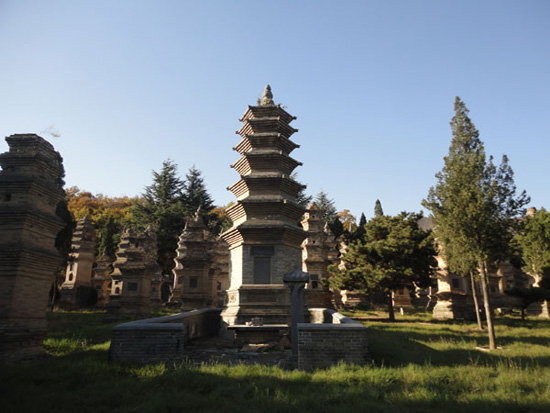 |
| Pagoda Forest in the Shaolin Temple. (China Daily) |
This is a new building, which the Luoyang Museum moved into in 2011, having been operating since 1958 at previous locations. In fact, it is so new that websites and even some Luoyang locals, whom I spoke to on a bus, still think the museum is at its previous location.
The museum's spacious interior features an extensive collection of artifacts that date from the Xia Dynasty (c.21st century-16th century BC) to the Tang Dynasty.
The famous Tangsancai, tri-colored glazed ceramic horses and camels of the Tang Dynasty are of course, on display prominently.
For those who want to see truly ancient artifacts, there is a fully upright skeleton of an Asian mammoth (Palaeoloxodon naumanni), fossils from the Paleolithic age, prehistoric artifacts from 5,000 years ago, as well as ding (cauldrons) from the Xia Dynasty.
The main reason to visit Luoyang is Longmen Grottoes, one of the four most famous Buddhist grottoes in China.
Here, past emperors ordered tens of thousands (no exaggeration) of Buddhist statues carved into caves in the cliffs along both sides of the Yihe River.
The most impressive are the nine giant Buddhas that stand several stories high, with the highest at 17 meters, flanked by heavenly kings, temple guards and other divine figures.


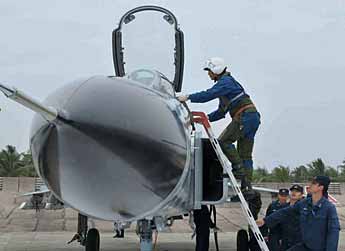


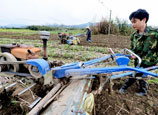
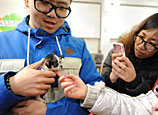
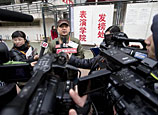
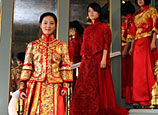
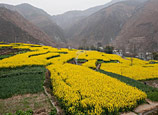








 5.5-magnitude quake hits China's Yunnan, 30 injured
5.5-magnitude quake hits China's Yunnan, 30 injured


![]()
